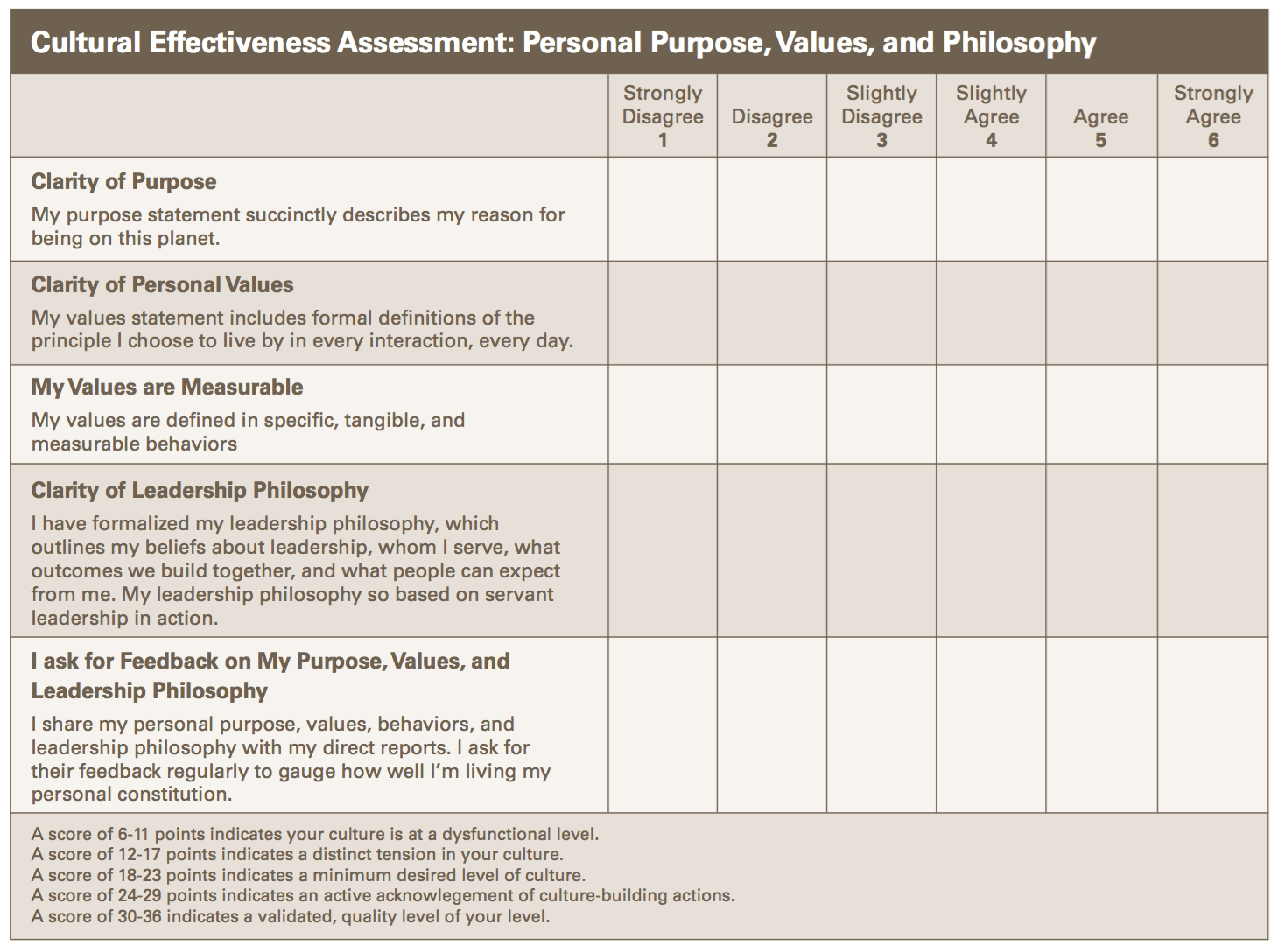
The One Most Critical Factor for a Truly Healthy Church Culture
How can you protect and grow your church culture without having to be negative all the time?
Either you will manage your culture, or it will manage you.
Simply defined, culture is the way people think and act.
Every organization has a culture, which either works for you or against you – and it can make the difference between success and failure. Managing the organizational culture so that leaders, managers, and team members think and act in the manner necessary to achieve desired results has never mattered more.
When most organizations try to improve their culture, they focus on the negative aspects, and try to fix them. This sounds reasonable, but the opposite approach is much more successful. You may find greater success in identifying a few positive attributes within your culture that are connected directly to your identity and mission. Focus on them and find ways to accelerate and extend them throughout the organization.
Leaders model culture by consistent personal example.
THE QUICK SUMMARY –The Culture Engine, by S. Chris Edmonds
The Culture Engine shows leaders how to create a high performing, values aligned culture through the creation of an organizational constitution. With practical step-by-step guidance, readers learn how to define their organization’s culture, delineate the behaviors that contribute to greater performance and greater engagement, and draft a document that codifies those behaviors into a constitution that guides behavior towards an ideal: a safe, inspiring workplace. The discussion focuses on people, including who should be involved at the outset and how to engage employees from start to finish, while examples of effective constitutions provide guidance toward drafting a document that can actualize an organization’s potential.
Culture drives everything that happens in an organization day-to-day, including focus, priorities, and the treatment of employees and customers. A great culture drives great performance, and can help attract and retain great talent. But a great culture isn’t something that evolves naturally. The Culture Engine is a guide to strategically planning a culture by compiling the company’s guiding principles and behaviors into an organizational constitution.
A SIMPLE SOLUTION
As is the case in almost every organizational component, culture begins at the top – with the leader’s personal culture.
Leaders shape the way people think and behave—leaders are viewed by others as role models, and employees look around to see if their behavior is consistent with the organization’s espoused values and philosophy.
Leaders set the agenda. Leaders influence the organization’s culture and in turn the long-term effectiveness of the organization. Leaders and managers set the context within which organizational members strive for excellence and work together to achieve organizational goals.
The credibility and success of any culture improvements at your organization will depend on the degree to which you, as the culture champion, are consistently modeling the desired values and behaviors.
Leaders are in charge of an organization’s culture. Refining or tweaking your team’s or organization’s current culture means that you will be the banner carrier for your organizational constitution.
Here’s what leaders must do:
- You are ready to embrace the leader’s responsibility to be a proactive champion of your desired culture.
- You’ll need to invest significant time and energy communicating, modeling, and reinforcing your desired culture.
- You’ll need to embrace servant leadership in daily interactions.
- You’ll need to promptly and genuinely praise and encourage aligned efforts by team members and teams.
- You’ll not be able to simply add these activities to your daily workload; you’ll need to redirect time and energy to culture-champion activities from less important activities.
Chris Edmonds, The Culture Engine
A NEXT STEP
Take the following Culture Effectiveness Assessment (CEA) (from The Culture Engine, p42-43) in order to help you understand the degree to which you, as a team or organizational leader, have clarified your own purpose, values, behaviors, and leadership philosophy.

Your Culture Effectiveness Assessment, like weighing yourself everyday, only tells part of the story. Your scales may tell you you’re gaining weight, but not if you’re gaining muscle. You will need other testing to determine that.
Likewise, your CEA score is just a measurement. Once you have taken it, set it aside, and begin the personal work required to set the standard for improving cultural organization. Ask yourself these three questions:
- What is one immediate action I can take this week to champion healthy culture? (Example: spend 15 minutes one morning prayer walking your buildings)
- What is one collaborative moment I can create in the next month to demonstrate and celebrate aligned efforts among our team? (Example: creating a quarterly staff fellowship with awards)
- What is one measurable target we can set for the next year that supports the culture we desire to sustain? (Example: every small group member serving in the community at least once)
Excerpt taken from SUMS Remix 58-3, January 2017.
This is part of a weekly series posting content from one of the most innovative content sources in the church world: SUMS Remix Book Summaries for church leaders.
SUMS Remix takes a practical problem in the church and looks at it with three solutions; each solution is taken from a different book. As a church leader you get to scan relevant books based on practical tools and solutions to real ministry problems, not just by the cover of the book. Each post will have the edition number which shows the year and what number it is in the overall sequence. (SUMS provides 26 issues per year, delivered every other week to your inbox).
>> Subscribe to SUMS Remix <<

Tags: Organizational Culture, S. Chris Edmonds, The Culture Engine














